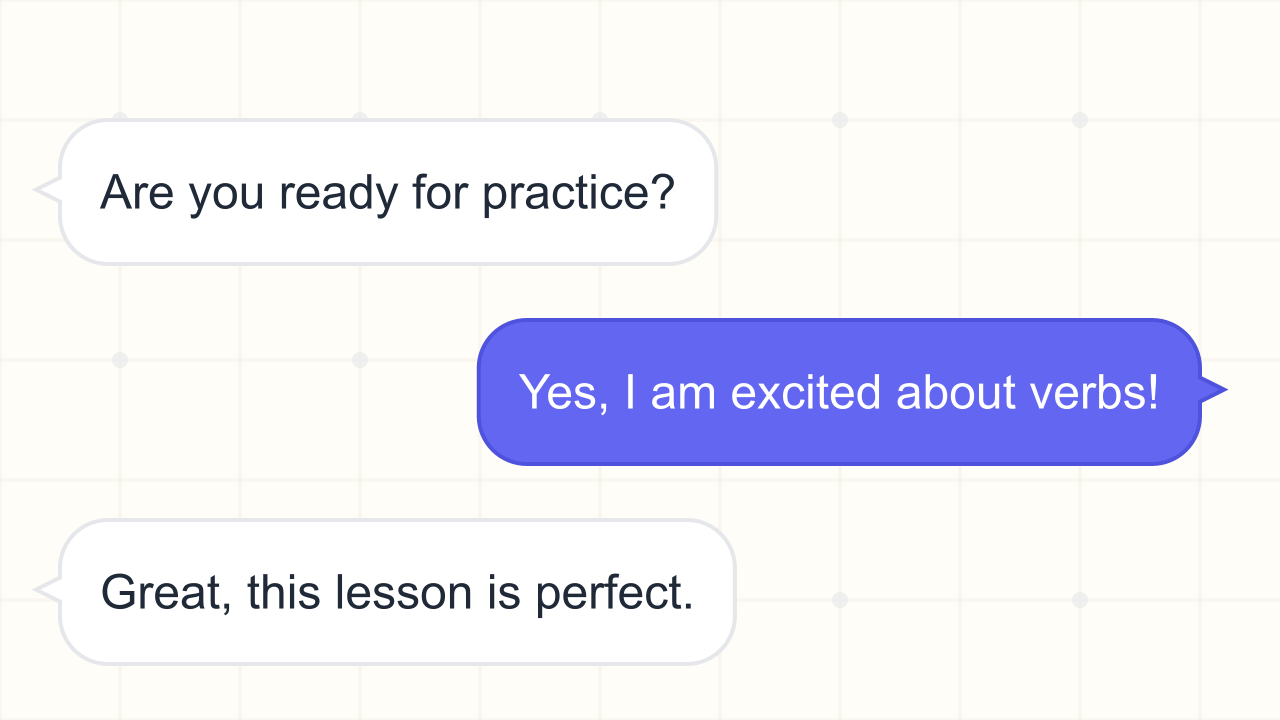Present Perfect vs Simple Past Part 2 grammar Exercise
Continue mastering the difference between present perfect and simple past tenses through more advanced dropdown selection exercises.
Exercise Guide
How to complete:
Choose the correct verb form from the dropdown menu for each blank. This part builds on previous practice with more complex contexts and subtle time clues.
- Present perfect connects past experiences or actions to the present moment.
- Simple past describes actions completed at specific times in the past.
- Look for adverbs and expressions that indicate time relationships.
- Some items may also include past perfect to show earlier past events.
- Choose the most natural and grammatically correct option in each case.
Success tips:
- Use present perfect with “just”, “already”, or “yet” for recent events.
- Use simple past when a specific time or completed event is mentioned.
- Past perfect shows one past event happening before another past event.
- “Ever”, “never”, “so far”, “recently” often signal present perfect.
- “Yesterday”, “last night”, “in 2012”, “two days ago” = simple past.
Knowledge:
In this continuation, you’ll deepen your understanding of how context determines tense choice. You'll decide whether actions are completed, ongoing, or connected to the present moment, and occasionally contrast with past perfect where appropriate.
Complete the Exercise
Paragraph 1
Paragraph 2
Paragraph 3
Paragraph 4
Paragraph 5
Paragraph 6
Paragraph 7
Paragraph 8
Paragraph 9
Paragraph 10
Paragraph 11
Paragraph 12
Paragraph 13
Paragraph 14
Paragraph 15
Share this exercise
Help others learn grammar by sharing this exercise
Related Exercises

Modal Verbs of Obligation (must, have to, should)
Practise choosing “must”, “have to”, or “should” to express obligation, necessity, and recommendations in real-life contexts.

Modal Verbs of Permission (may, can, could)
Practise choosing “may”, “can”, or “could” to ask for permission, give consent, or describe rules politely.

Modal Verbs of Ability (can, could)
Practise selecting “can” or “could” to express ability, requests, and possibilities in everyday situations.

To Be: Is, Am, Are
Practise choosing the correct form of the verb “to be” — is, am, or are — in present simple sentences about people, places, and things.

Have got vs has got
Practise choosing between "have got" and "has got" to express possession, relationships, and characteristics accurately.